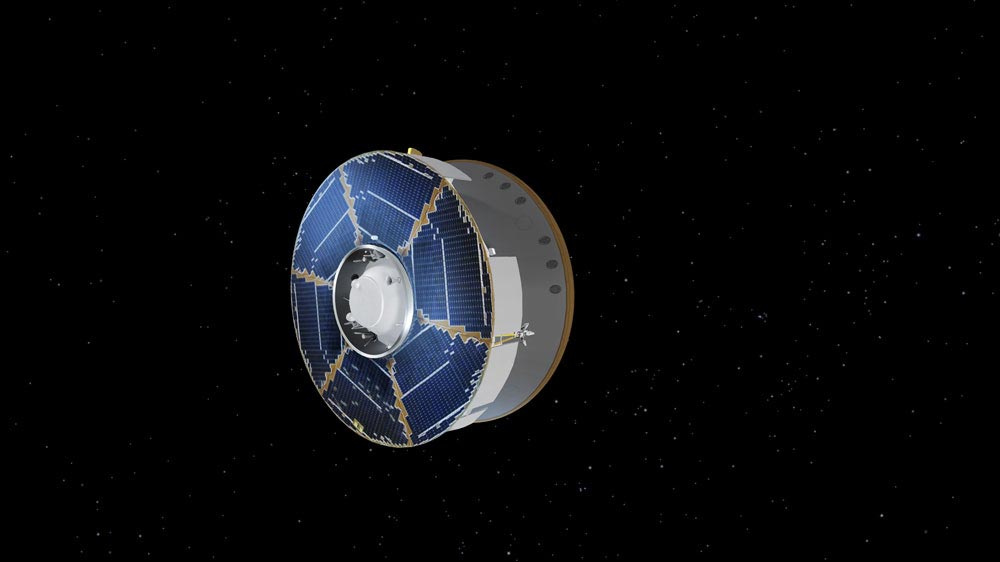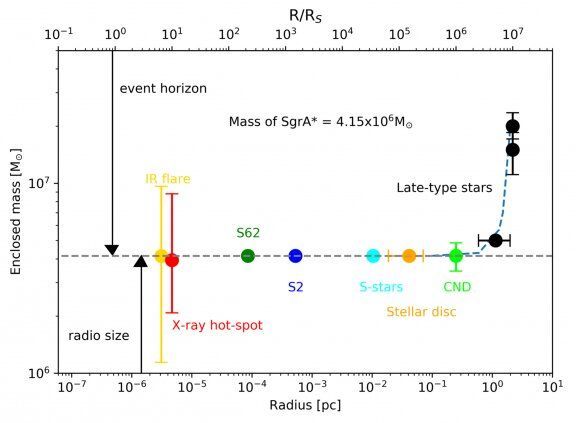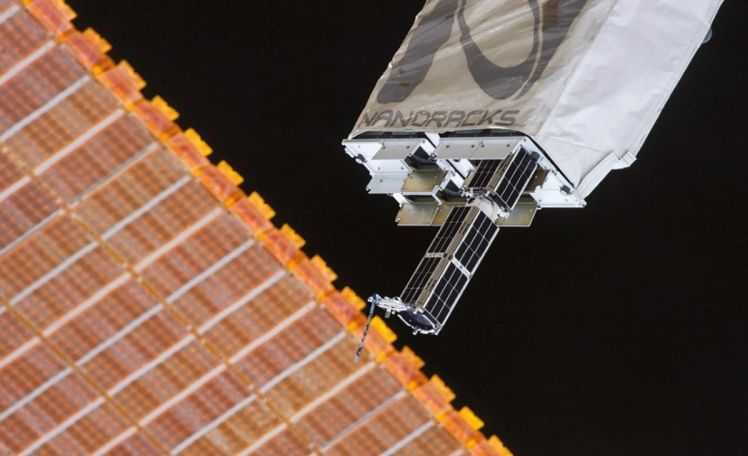Ogba Educational Clinic promoting tech in Africa.
An update to Google’s blindness assistance app adds AI image recognition for food shopping.

NASA and SpaceX are targeting no earlier than Oct. 23 for the first operational flight with astronauts of the Crew Dragon spacecraft and Falcon 9 rocket to the International Space Station as a part of the agency’s Commercial Crew Program. NASA’s SpaceX Crew-1 mission will be the first of regular rotational missions to the space station following completion of NASA certification.
The mission will carry Crew Dragon commander Michael Hopkins, pilot Victor Glover, and mission specialist Shannon Walker, all of NASA, along with Japan Aerospace Exploration Agency (JAXA) mission specialist Soichi Noguchi for a six-month science mission aboard the orbiting laboratory following launch from Launch Complex 39A at NASA’s Kennedy Space Center in Florida.
Crew-1 will launch in late October to accommodate spacecraft traffic for the upcoming Soyuz crew rotation and best meet the needs of the International Space Station. Launch will follow the arrival of NASA astronaut Kate Rubins and cosmonauts Sergey Ryzhikov and Sergey Kud-Sverchkov of the Russian space agency Roscosmos aboard their Soyuz MS-17 spacecraft and the departure of NASA astronaut Chris Cassidy and cosmonauts Anatoly Ivanishin and Ivan Vagner from the space station. The launch timeframe also allows for a crew handover with NASA’s SpaceX Crew-2 mission next spring.

New research supported by the National Institutes of Health delineates how two relatively common variations in a gene called KIF3A are responsible for an impaired skin barrier that allows increased water loss from the skin, promoting the development of atopic dermatitis, commonly known as eczema. This finding could lead to genetic tests that empower parents and physicians to take steps to potentially protect vulnerable infants from developing atopic dermatitis and additional allergic diseases.
Atopic dermatitis is an inflammatory skin condition that affects up to 20% of children in developed countries. This chronic disease is characterized by dry, thickened and intensely itchy skin, particularly in skin folds. People with eczema are more susceptible to bacterial, viral and fungal skin infections and frequently develop additional allergic diseases such as asthma.
KIF3A is a gene that codes for a protein involved in generating signals from the outside to the inside of a cell, part of a complex sensory apparatus. Previously, scientists had identified an association between two genetic variations in KIF3A and asthma in children who also had eczema. In the new study, the researchers found that these variations, or single nucleotide polymorphisms (SNPs), changed parts of the KIF3A gene to a form that can regulate, through a process called methylation, the rate at which a gene is transcribed into the blueprint for protein production. The investigators confirmed that skin and nasal-lining cells from people with the KIF3A SNP variants had more methylation and contained fewer blueprints for the KIF3A protein than cells in which KIF3A lacked the SNPs. In addition, the researchers demonstrated that people with the SNP-created regulating sites had higher levels of water loss from the skin.
Binary Defense researchers have identified a bug in the Emotet malware and have been using it to prevent the malware from making new victims.


A new design for light-emitting diodes (LEDs) developed by a team including scientists at the National Institute of Standards and Technology (NIST) may hold the key to overcoming a long-standing limitation in the light sources’ efficiency. The concept, demonstrated with microscopic LEDs in the lab, achieves a dramatic increase in brightness as well as the ability to create laser light—all characteristics that could make it valuable in a range of large-scale and miniaturized applications.
The team, which also includes scientists from the University of Maryland, Rensselaer Polytechnic Institute and the IBM Thomas J. Watson Research Center, detailed its work in a paper published today in the peer-reviewed journal Science Advances. Their device shows an increase in brightness of 100 to 1,000 times over conventional tiny, submicron-sized LED designs.
“It’s a new architecture for making LEDs,” said NIST’s Babak Nikoobakht, who conceived the new design. “We use the same materials as in conventional LEDs. The difference in ours is their shape.”

Headed to the Red Planet with the Perseverance rover, the pioneering helicopter is powered up for the first time in interplanetary space as part of a systems check.
NASAs Ingenuity Mars Helicopter received a checkout and recharge of its power system on Friday, August 7, one week into its near seven-month journey to Mars with the Perseverance rover. This marks the first time the helicopter has been powered up and its batteries have been charged in the space environment.
During the eight-hour operation, the performance of the rotorcraft’s six lithium-ion batteries was analyzed as the team brought their charge level up to 35%. The project has determined a low charge state is optimal for battery health during the cruise to Mars.

In the center of our galaxy, hundreds of stars closely orbit a supermassive black hole. Most of these stars have large enough orbits that their motion is described by Newtonian gravity and Kepler’s laws of motion. But a few orbit so closely that their orbits can only be accurately described by Einstein’s theory of general relativity. The star with the smallest orbit is known as S62. Its closest approach to the black hole has it moving more than 8% of light speed.
Our galaxy’s supermassive black hole is known as Sagittarius A* (SgrA•. It is a mass of about 4 million suns, and we know this because of the stars that orbit it. For decades, astronomers have tracked the motion of these stars. By calculating their orbits, we can determine the mass of SgrA*. In recent years, our observations have become so precise that we can measure more than the black hole’s mass. We can test whether our understanding of black holes is accurate.
The most studied star orbiting SgrA* is known as S2. It is a bright, blue giant star that orbits the black hole every 16 years. In 2018, S2 made its closest approach to the black hole, giving us a chance to observe an effect of relativity known as gravitational redshift. If you toss a ball up into the air, it slows down as it rises. If you shine a beam of light into the sky, the light doesn’t slow down, but gravity does take away some of its energy. As a result, a beam of light becomes redshifted as it climbs out of a gravitational well. This effect has been observed in the lab, but S2 gave us a chance to see it in the real world. Sure enough, at the close approach, the light of S2 shifted to the red just as predicted.
See More


When Nanoracks was created a decade ago it became the first company in the world to own and market its own hardware on the International Space Station. In doing so it faced a number of philosophical challenges, in particular because the notion of a private company wanting to own research hardware, market the results and set its own prices was something of an alien concept for NASA at the time. Here, in an article based on his presentation at the Asgardia Space Science & Investment Conference (ASIC) in October, CEO Jeff Manber reflects on the company’s pioneering commercial journey and looks at challenges that lie in the future.
The business model of Nanoracks has essentially been to grow, not through increasing investment but by building increasingly more complex hardware. I like to think that we’re not actually in the hardware business but, in reality, we are — and it’s where we have found a niche in the market.
Ten years ago, when we started with Nanolabs, it was the first time that miniature (10 × 10 × 10 cm) space laboratories had been standardised. I made a decision right at the start not to patent the Nanolab and its power frame because I wanted to create an ecosystem. Today, we are competing with ICE Cubes (a public-private partnership between the European Space Agency (ESA) and Belgium-based Space Applications Services) and Space Tango (a Kentucky, USA-based company that builds research and manufacturing systems into compact smart containers, called CubeLabs, installed in hubs on the International Space Station (ISS). We want to see the market develop and so, as much as possible, we try not to patent. However, at the same time, we believe we’ll be better at getting the customers and building the market.